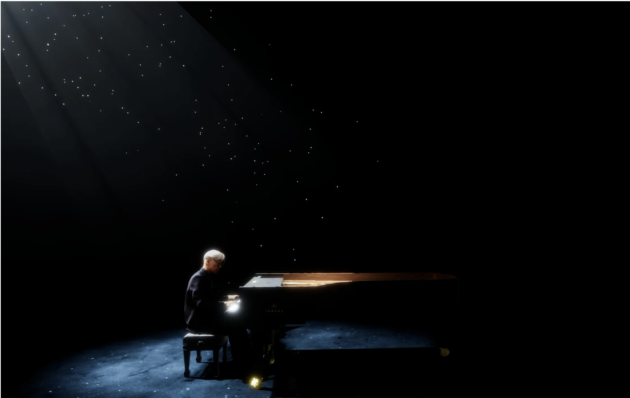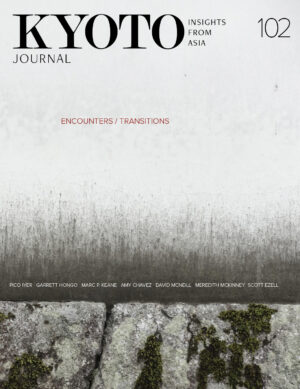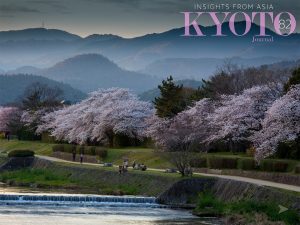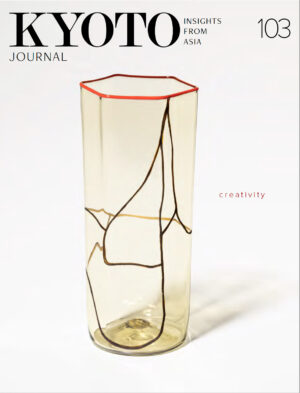Kyoto Journal 106: Cultural Fluidity (Digital)
¥1,000
KJ 106 dives into the theme of ‘Cultural Fluidity,’ the accelerating flow and blend of cultures across borders. From Japonisme to Pokémon, contributors illuminate this subject from diverse viewpoints, through a mix of essays, poetry, photography, and illustrations. Guest Editor: Lane Diko.

Kyoto Journal 106: Cultural Fluidity
(Digital Issue) Guest Editor: Lane Diko
Kyoto Journal 106 dives into the theme of ‘Cultural Fluidity’: the accelerating flow and blend of cultures across borders. This concept is the 21st century globalized equivalent of what might have formerly been oversimplified as imported and exported cultures. From Japonisme to Pokémon, contributors illuminate this subject from diverse viewpoints, through a mix of essays, poetry, photography, and illustrations. KJ 106 addresses the many ways foreign cultures have manifested in Japan, how aspects of Japanese cultures have manifested in Japan, how aspects of Japanese culture have been reimagined overseas, and in some cases, how those manifestations of Japanese culture have then flowed back to influence Japan.
Historical perspectives include scholar and garden creator Marc Keane’s investigation into the international roots of Japanese garden design, and Ken Rodgers’ profile of John Manjiro, who accidentally became instrumental in opening Japan at the end of the Edo period. On the other end of the spectrum, Alex Mankiewicz delves into the history of the Emoji, Gen Z’s lingua franca, and Rebecca Flato observes the phenomenon of the ubiquitous Japanese vending machine. Lewis Miesen offers a view of lives of the second and third generations of the Japanese diaspora, as well as those who have now returned to the homeland of their ancestors. Lauren Deutsch shines a light on the Japanese diaspora’s embrace of its roots through Bon Odori events in the USA, blended with North American influences; traditional senryu poetry reveals deep emotions among WWII-era Japanese-Americans on their way to internment camps. John Brandi revisits the profound influence of haiku on his development as a poet. Patricia Matsueda reflects on her mother’s post-war emigration. An ‘ethno-punk’ duo traverses Japan seeking cultural roots, and Nathan Mader recounts David Bowie’s connections with a Kyoto Zen garden. Susan Pavloska interviews Li Zi-Zi of SEN Ikebana Flower Meditation on her unique synthesis of Chinese Gongbi painting and Japanese ikebana. Kyoto’s rich but lesser known role as a center of Beat, Punk, and counterculture is explored in Mahon Murphy and Ran Zwigenberg’s portrait of Kyoto University’s Seibu Kōdō venue. Magda Rittenhouse reports on experiencing a virtual concert by Sakamoto Ryuichi; Jazz guitarist and teacher Joshua Breakstone contrasts approaches to jazz in the U.S. and Japan; an interview with John Oglevee introduces a contemporary Noh play featuring the wandering spirit of Elvis.






